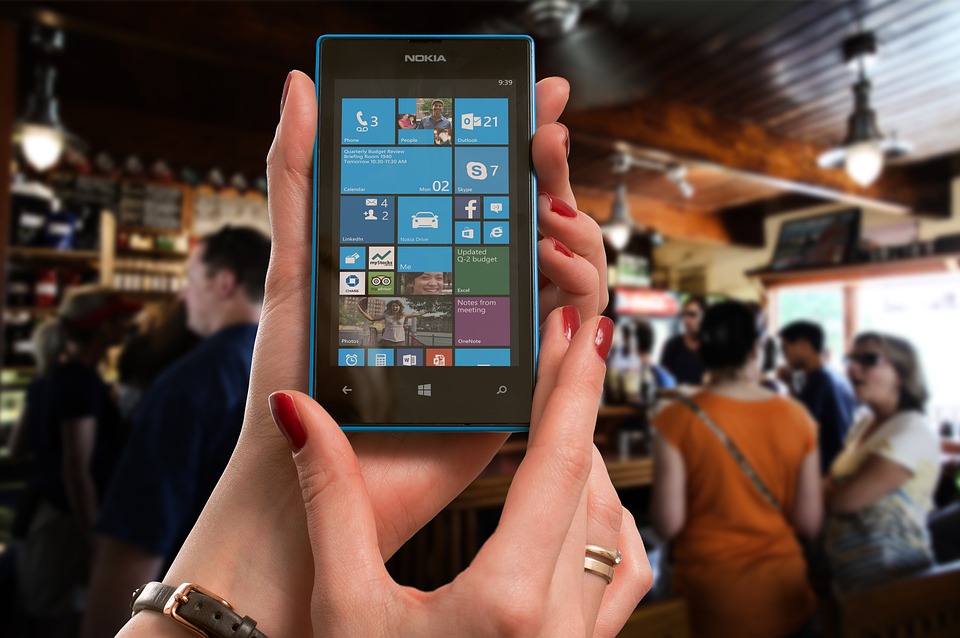The Universal Serial Bus (USB) has been a staple in the world of connectivity since its introduction in the mid-1990s. Over the years, the USB standard has undergone many changes and iterations to keep up with the ever-evolving landscape of technology. As we move further into the digital age, the role of the USB port is changing, prompting manufacturers to adapt and innovate to meet the demands of consumers.
One of the main reasons why USB is changing is the rapid advancement of technology. As devices become smaller, thinner, and more powerful, the need for more compact and efficient connectivity solutions has become paramount. The traditional USB Type-A port, which has been a standard feature on computers and other electronic devices for decades, is being replaced by newer, smaller connectors such as USB Type-C.
USB Type-C is a reversible connector that allows for faster data transfer speeds and increased power delivery. Its small size and universal compatibility make it an ideal choice for modern devices like smartphones, laptops, and tablets. With the rise of USB Type-C, manufacturers are phasing out older ports in favor of this more versatile and efficient solution.
Another factor driving the evolution of USB is the increasing demand for faster data transfer speeds. With the proliferation of high-definition video, large files, and data-heavy applications, users expect their devices to be able to transfer data quickly and seamlessly. USB 3.0 and USB 3.1 have been developed to meet these needs, offering faster transfer speeds and improved performance compared to older USB standards.
USB 3.0, also known as USB SuperSpeed, has a theoretical maximum data transfer rate of 5 Gbps, while USB 3.1 can achieve speeds of up to 10 Gbps. These advancements in speed have enabled the development of new technologies like external solid-state drives (SSDs) and high-speed peripherals that require faster data transfer rates to operate efficiently.
In addition to faster data transfer speeds, USB is also evolving to support increased power delivery. With the proliferation of devices that require more power, such as smartphones, tablets, and laptops, the USB Power Delivery (PD) standard has been developed to deliver higher levels of power through USB cables and connectors.
USB PD allows for devices to negotiate power levels and deliver up to 100 watts of power, enabling fast charging of smartphones and other devices that require high power output. This standard is particularly important for devices that require rapid charging, such as laptops and tablets, where traditional USB ports may not provide enough power to charge the device quickly.
The rise of USB Type-C and USB Power Delivery has also led to the development of new technologies like USB-C docks and hubs, which allow users to connect multiple devices to a single USB Type-C port. These docks and hubs offer additional features like HDMI connectivity, Ethernet ports, and additional USB ports, making them ideal for users who require a high level of connectivity from their devices.
As USB continues to evolve and adapt to the changing needs of consumers, manufacturers are also exploring new ways to integrate connectivity solutions into their products. For example, Apple’s decision to remove the headphone jack from its iPhone lineup in favor of the Lightning connector and wireless audio solutions has prompted other manufacturers to follow suit and explore new ways to connect devices.
The increasing popularity of wireless connectivity options like Bluetooth and Wi-Fi has also contributed to the changing landscape of USB connectivity. While USB will always have its place in the world of connectivity, wireless technologies provide a convenient and cable-free alternative for users who prefer to connect their devices without the need for physical cables.
In conclusion, the Universal Serial Bus is changing to meet the demands of modern technology and device connectivity. The evolution of USB Type-C, USB 3.0, and USB Power Delivery has enabled faster data transfer speeds, increased power delivery, and greater versatility in connectivity options. As we continue to move into the digital age, USB will continue to evolve and adapt to meet the changing needs of consumers and manufacturers alike.
The Universal Serial Bus (USB) has evolved since its inception in the 1990s to keep up with technological advancements. Changes such as the introduction of USB Type-C connectors have allowed for faster data transfer speeds and increased power delivery, meeting the demands of modern devices. USB 3.0 and 3.1 offer faster transfer rates, enabling technologies like external SSDs. USB Power Delivery (PD) allows for higher power levels up to 100 watts, facilitating fast charging for devices like laptops. The rise of USB Type-C has also led to the development of docks and hubs to connect multiple devices through a single port. As technology evolves, USB will continue to adapt to meet the changing connectivity needs of consumers and manufacturers.
